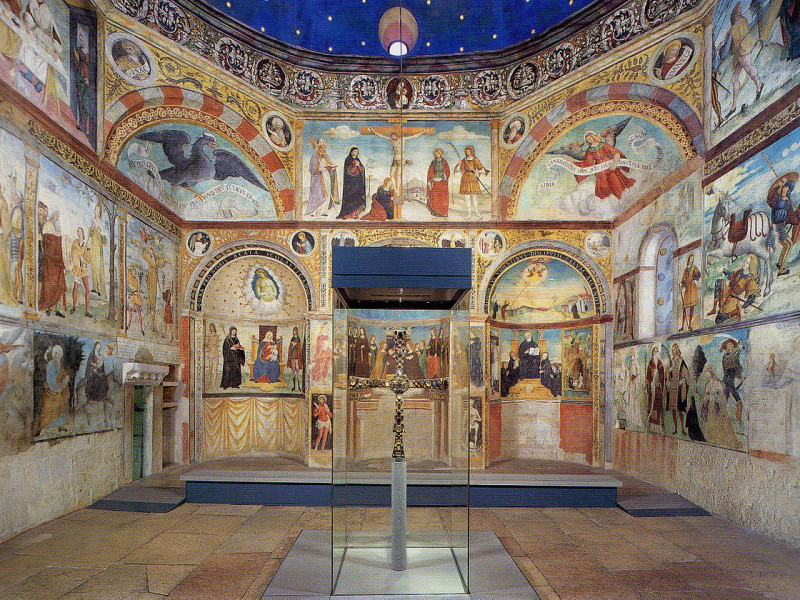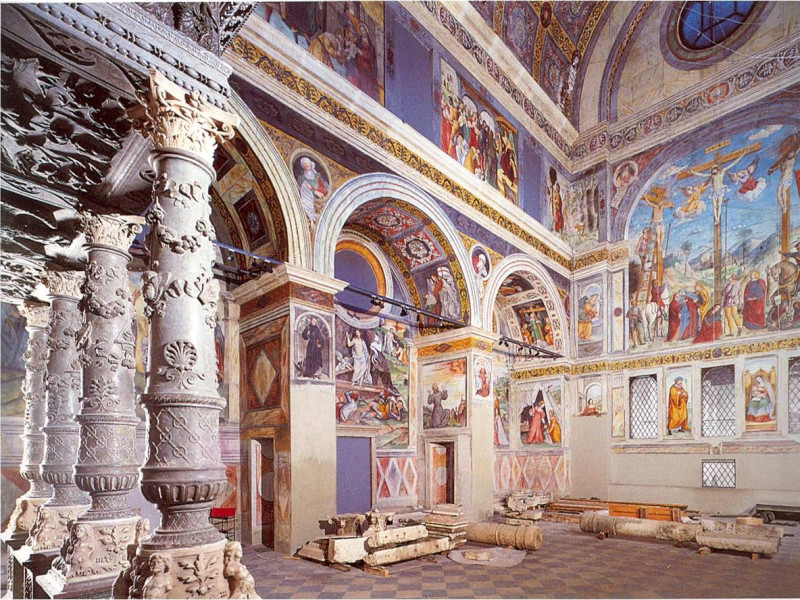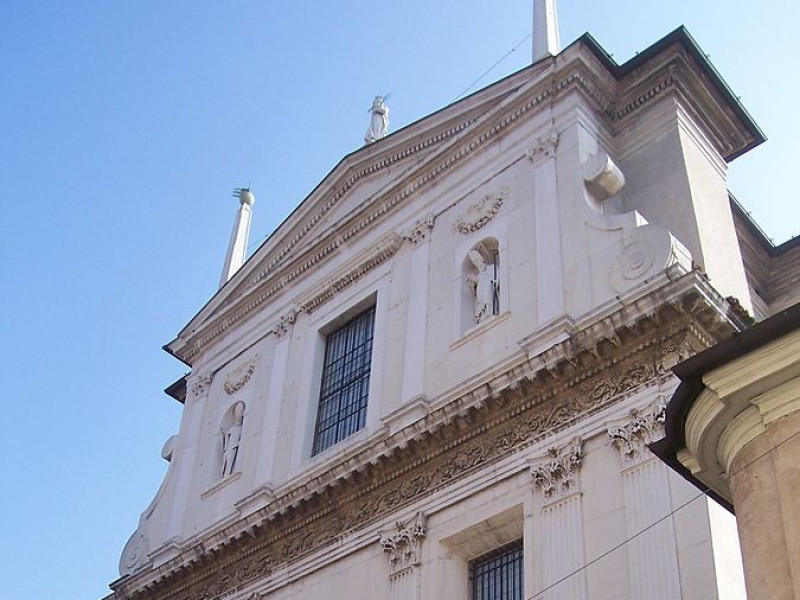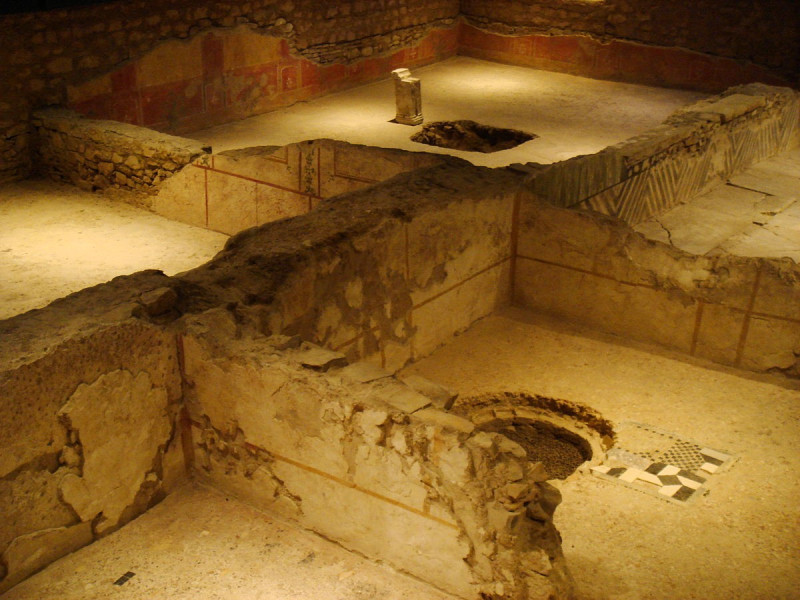Complesso Monastico di San Salvatore e Museo Santa Giulia (Sito UNESCO "Longobardi In Italia. i luoghi del potere")
Monastery Complex of San Salvatore-Santa Giulia is an extraordinary architectural masterpiece, nowadays transformed into Museum of Santa Giulia, which contains about 11,000 works of art and archaeological finds, included in UNESCO Heritage List of Longobardi site in Italy: the places of power". It is composed by:
- Basilica of San Salvatore, the heart of ancient Longobard monastery, built in 753 by Duke of Brescia Desiderio, is characterized by concomitant use of Longobard, Classical and Byzantine decorative motifs and is one of the most important examples of Altomedievale religious architecture. Basilica has three naves, with a three-aisle transept. There is also a Crypt, also with three apses. Expanded in the following centuries, it contains various works of art, including Stories of Blind, painted by Romanino, and Stories of Virgin and Childhood of Christ, by Paolo da Caylina il Giovane.
- Church of Santa Maria in Solario, built around the middle of the twelfth century as an interior chapel inside the monastery, with a square base and articulated on two internal levels. The lower floor is covered by a four-fold crucifix centered in the center by an ancient Roman arable, while the upper class is covered by a hemispherical dome and has three small apses, excavated in the east masonry. Preserves inside Floriano Ferramola's impressive frescoes at the beginning of the sixteenth century and two of the most important pieces of Treasure of ancient monastery: Lipsanoteca of Brescia (made up of a small Ivory casket dating to the 4th century) and Desire Cross (made of silver and gold foil, studded with 212 precious gemstones);
- Choir of the Nuns, between Basilica of St. Savior and Church of Santa Giulia, was built between the end of the fifteenth and the beginning of the sixteenth century as a choir for San Salvatore. The building develops on two levels: the lower floor is old covered shrine planned to access San Salvatore. The top floor is instead real choir, formed by a barrel-covered environment, connected to the east by St. Salvatore through three small grille windows, westward with Santa Giulia through an arcade. The interior is entirely covered with frescoes by Ferramola and Caylina, and there are several funerary monuments of Venetian age, including Martinengo Mausoleum, one of the greatest masterpieces of Renaissance in Brescia.
- Church of Santa Giulia was built between 1593 and 1599. The facade is in Botticino marble. Inside there is a spacious nave covered with barrel vault. The frescoes that originally cover each surface are almost all disappeared and there are only a few traces on the sides of the side chapels and on the vault. Also the furnishings disappeared;
- Domus of Ortaglia are a group of ancient Roman domus, used between the 1st and 4th centuries, called in this way because they were found in the Monastery's orchards.





